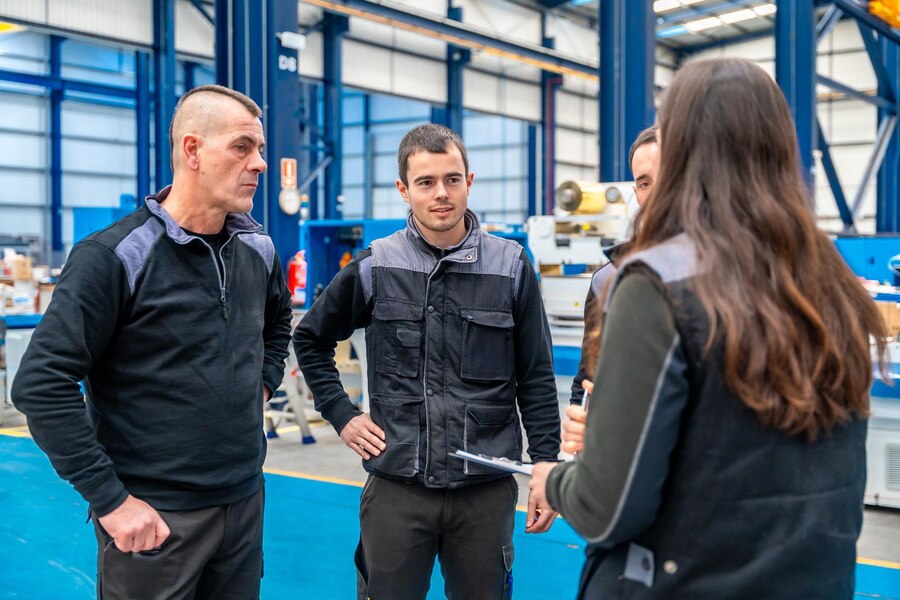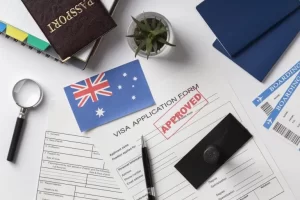The Subclass 482 visa, now known as the Skills in Demand (SID) visa, is a temporary visa that allows Australian employers to address labor shortages by bringing in skilled workers from overseas. When utilized effectively, this visa offers a streamlined process and provides a pathway to permanent residency, making it a valuable tool for businesses seeking to fill critical roles.
Key Changes to the Skills in Demand Visa
A significant recent change to the SID visa is the reduction in the work experience requirement. Previously, applicants were required to have at least two years of relevant work experience. This has now been reduced to one year within the last five years, broadening the pool of potential candidates for employers. (Federal Register of Legislation)
Advantages of the Updated Work Experience Requirement
The primary advantage of this change is the increased accessibility for candidates. With the reduced work experience requirement, more individuals are now eligible to apply for the sc482 SID visa. This expansion allows businesses to tap into a larger talent pool, facilitating the recruitment of skilled workers to meet their specific needs.
Considerations Regarding Skills Assessments
For candidates and occupations that require mandatory skills assessments, the process remains rigorous despite the reduction in the general work experience requirement. Skills assessments are conducted by organisations such as VETASSESS and Trades Recognition Australia (TRA).
VETASSESS: This organisation evaluates qualifications and employment experience to determine if candidates meet Australian standards. They cater to a broad range of professional, managerial, and trade occupations. Their assessments include document verification and practical evaluations where applicable. You can learn more about their process on the VETASSESS website.
Trades Recognition Australia (TRA): TRA focuses on assessing skills for trade occupations. They ensure that candidates meet the required competency levels for their specific trades, such as welding, auto mechanics, or electrical work. TRA works in conjunction with the Department of Home Affairs to uphold the high standards expected in Australia’s trade industries.
Candidates applying for occupations requiring a skills assessment must still provide evidence of three years of full-time industry experience, ensuring that they are adequately prepared for their roles in Australia. These assessments add an extra layer of assurance for employers, guaranteeing the quality and readiness of skilled workers.Temporary Skilled Migration Income Threshold (TSMIT)
As of July 1, 2024, the TSMIT has been increased to $73,150. While this threshold aims to ensure that sponsored workers receive fair compensation, it can pose challenges for individuals who are new to the industry or have limited experience. In such cases, meeting the TSMIT may be difficult, potentially limiting the practical benefits of the recent changes to the SID visa. (Home Affairs Ministers)
Conclusion
The recent modifications to the Skills in Demand visa, particularly the reduction in the work experience requirement, offer significant advantages for businesses by expanding the pool of eligible candidates. However, it’s crucial for employers to remain mindful of the unchanged experience requirements for mandatory skills assessments and the implications of the increased TSMIT. By understanding these factors, businesses can effectively navigate the SID visa process to recruit the skilled talent they need.
For more detailed information on the SID visa and its requirements, you can refer to the official documentation provided by the Australian Government. (Federal Register of Legislation)








